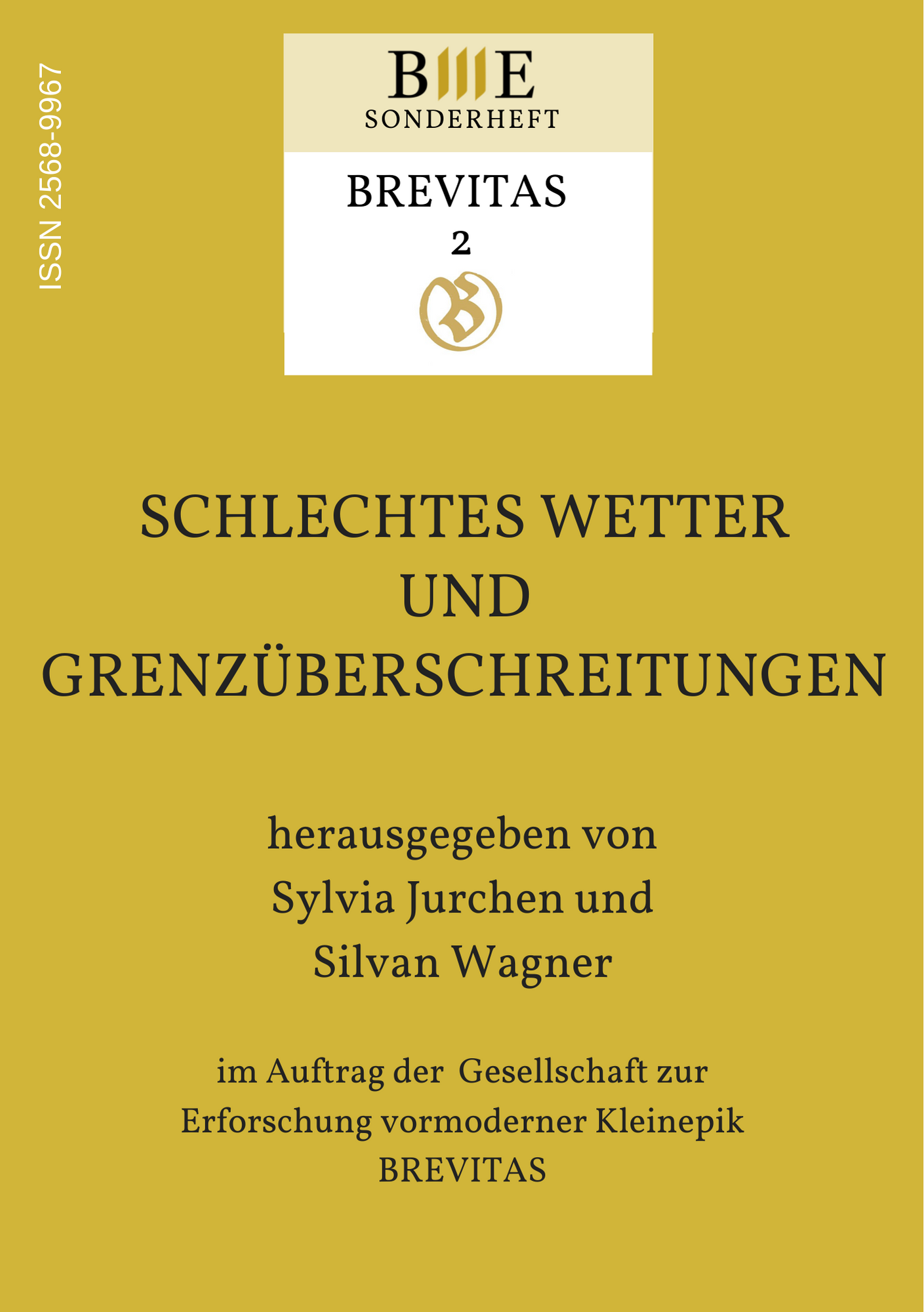Optical Theory and Feminine Auctoritas within Chaucer’s the ›Tale of Melibee‹
DOI:
https://doi.org/10.25619/BmE20221243Abstract
There is a discrepancy between Chaucer’s the ›Tale of Melibee‹ and its base text, Albertanus of Brescia’s ›Liber consolationis et consilii‹: Sophie’s wounds. Chaucer does not include the eyes in the list of her wounds, whereas Albertanus does. Allowing the eyes to remain unharmed, Chaucer creates an opportunity for Prudence and her feminine wisdom to take center stage. The story’s predominantly feminine voice is reminiscent of allegorical feminine personifications. However, Prudence’s prose is distinct – it crosses the border of abstraction and enters into the realm of humanity. Applying medieval optical theory to the ›Tale of Melibee‹ allows for a deep analysis of Prudence’s wisdom as well as her authoritative role in her medieval marriage.
Downloads
Veröffentlicht
Ausgabe
Rubrik
Lizenz
Copyright (c) 2022 Madeline Fox

Dieses Werk steht unter der Lizenz Creative Commons Namensnennung - Nicht-kommerziell - Keine Bearbeitungen 4.0 International.





